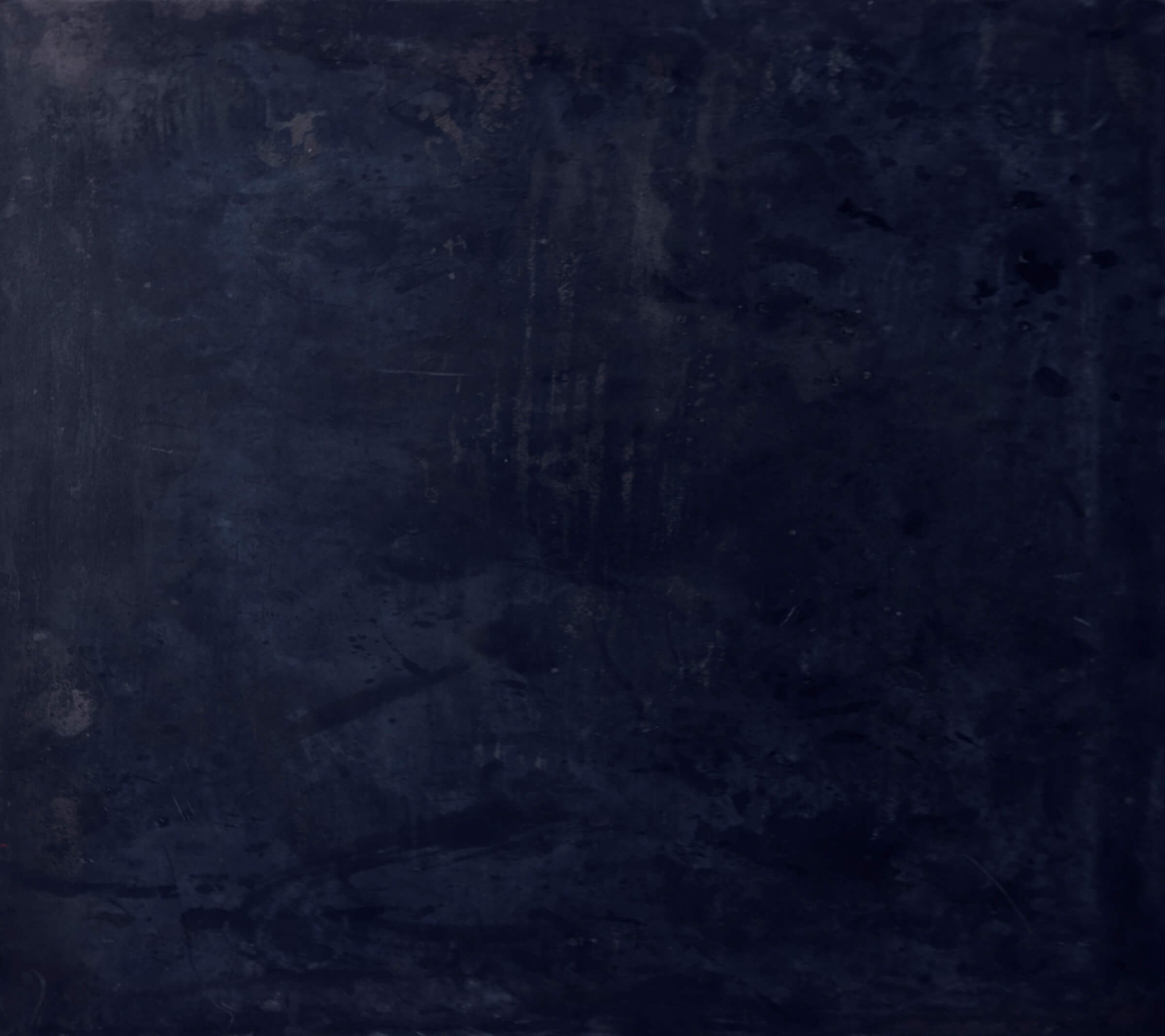

Sourcing Our Seafood
Whether it’s hauled in from the icy Bering Sea or harvested in the warm waters of the Caribbean, all of our seafood is sourced with integrity. Learn more about what it takes to get it from the source to your plate.
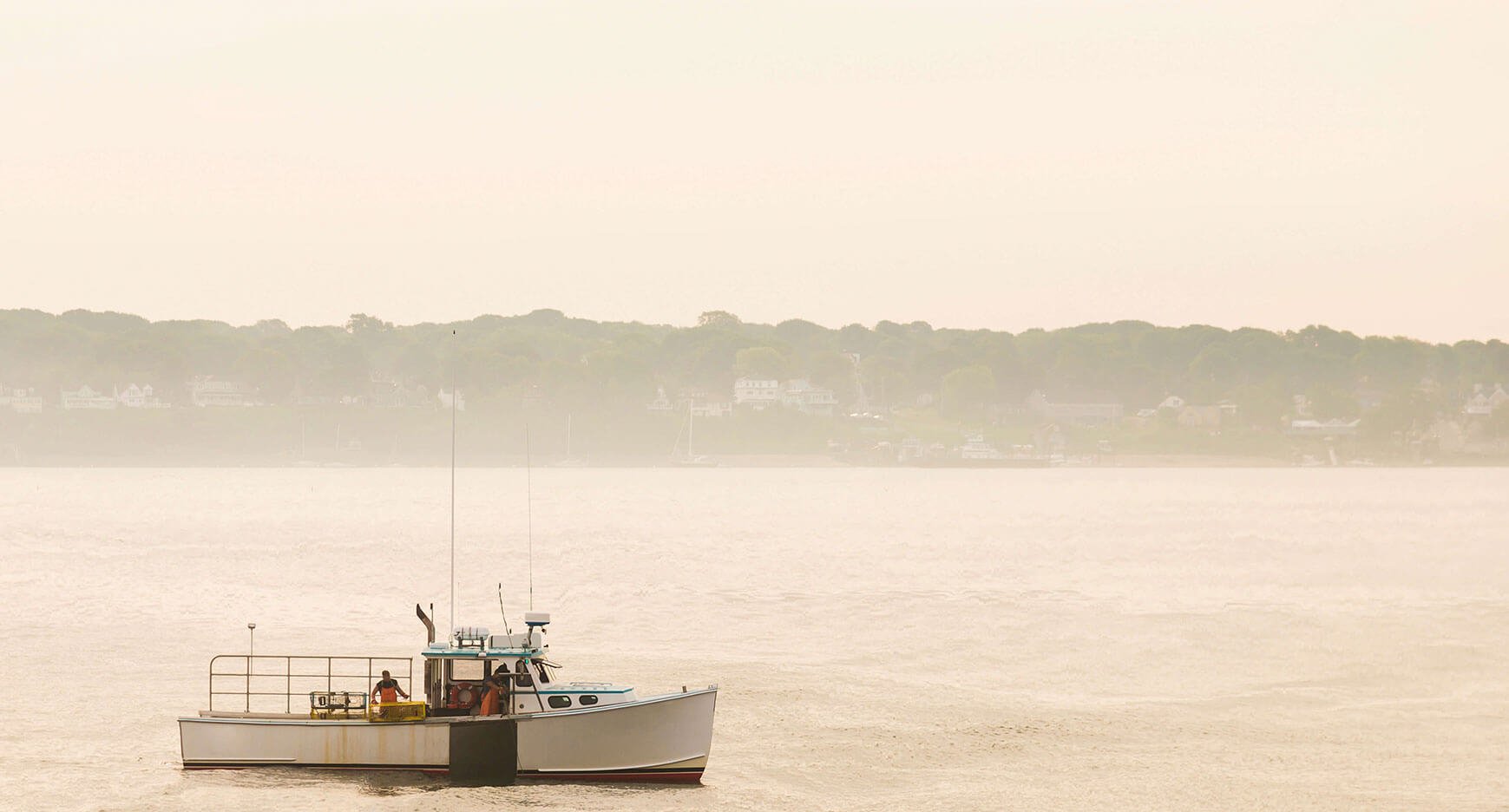
Sourcing Our Lobster
Lobster fishing isn’t just a job. It’s a way of life in countless coastal communities…a tradition passed down from generation to generation. Red Lobster is proud to support the men and women in these communities who fish responsibly to ensure there’s lobster to catch and enjoy for generations to come.
Where our four kinds of lobster come from:
Sourcing information is updated quarterly to reflect seasonality and supply availability as well as current menu items. Last Updated 12/08/21.
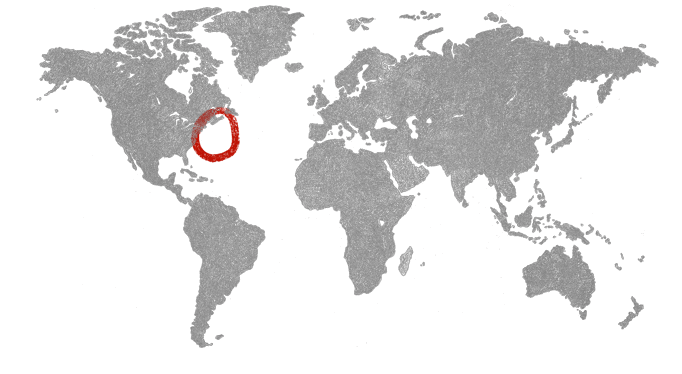
Maine Lobster, also known as North American Lobster, comes from New England and Canada
Maritime Lobster is iconic, and not just because it’s our logo. It is the most sought-after lobster because of its large claws, sweet flavor and tender texture. We’re proud to work with suppliers and lobster fishermen who not only love lobster as much as we do, but who are committed to fishing practices that are intended to help protect and preserve the lobster population and other marine life for generations to come.
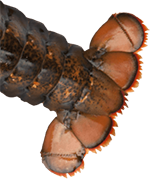
NOT TOO LITTLE, NOT TOO BIG
Lobstermen follow strict minimum size limits to allow lobster at least one reproduction cycle. If a lobster is too small, it goes back in the water. To help protect the natural restocking of the population, Red Lobster also has a maximum size restriction – we never serve lobster over 4 lbs. because larger lobster have a greater capacity for breeding and reproduction.
THE FUTURE IS FEMALE
Lobster fishermen use the “V-Notch” system to protect females capable of bearing eggs. The process is simple: when a female lobster bearing eggs is caught, a “V” is notched into the female’s fin tail, signaling to other fishermen that she is capable of bearing eggs and must be released if ever found in a trap. This conservation technique began in 1872, and it remains one of the most trusted methods for protecting the stock.
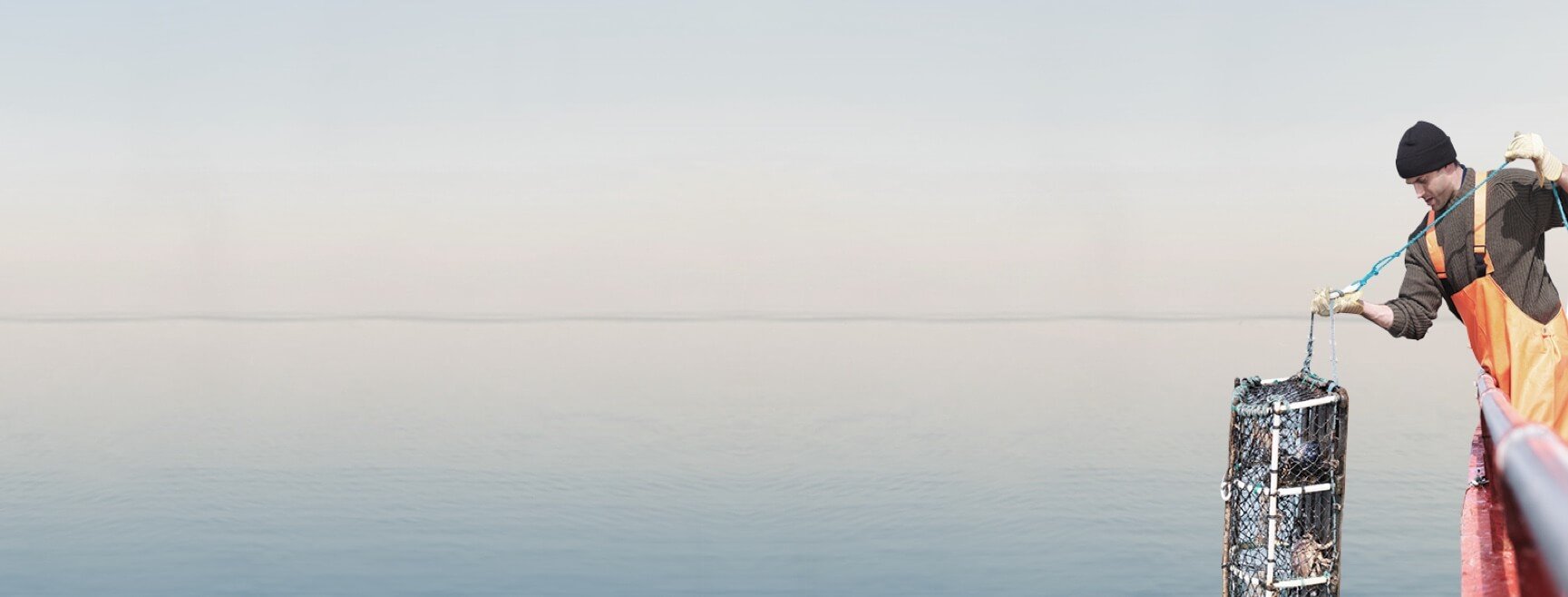
Sourcing Our Crab
On our menu, you'll often find Snow crab legs as well as crab meat in dishes like crab cakes, pasta, dips and stuffing. There are other varieties that can make a special appearance on our menu, if they're deemed abundant to catch responsibly, like Bairdi and Dungeness. No matter what the species, every crab we serve is wild-caught using crab traps or "pots."
QUALITY CRAB FOR GENERATIONS
All of the seafood we serve is Traceable, Sustainable and Responsibly-sourced. Hear from Deadliest Catch Captains Wild Bill, Keith and Jake on how we do things the right way.

Where you'll find the crab we serve:
Sourcing information is updated quarterly to reflect seasonality and supply availability as well as current menu items. Last Updated 12/08/21.
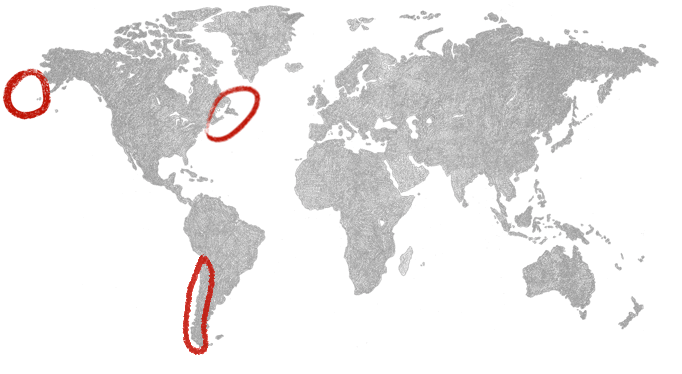
SNOW CRAB STATS
- Depth: They can be found as far down as 3,900 feet, but are more typically sourced in seas 400-900 feet deep
- Size: 1 to 3 lbs. on average, growing up to almost 6 inches wide
- Appearance: Iridescent, with white on the sides of their feet.
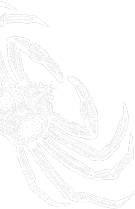
- Snow Crab comes from the cold, pristine waters of the Bering Sea off the coast of Alaska and the North Atlantic Gulf
- Chilean Crab Meat, also known as Centollon or Ice Crab, comes from the southeastern coastal waters of the Pacific Ocean, in the waters of Chile

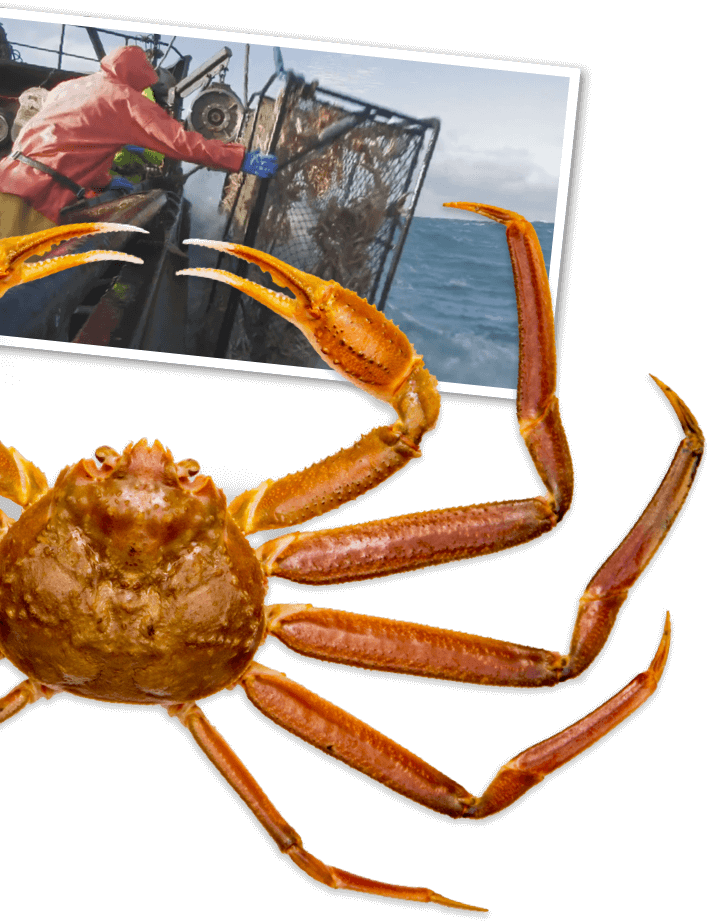
WHY WE LOVE ALASKA CRAB:
As the only state with conservation language within its constitution, Alaska’s fishing regulations are a model of sustainability around the world.
- Alaska’s waters are carefully managed to protect against overfishing and damaging marine habitats
- Crab harvesting seasons are strictly limited from October through February to ensure sustainability and optimal quality
- Our suppliers in Alaska strictly follow Total Allowable Catch restrictions and the Open/Closed areas set by the state government
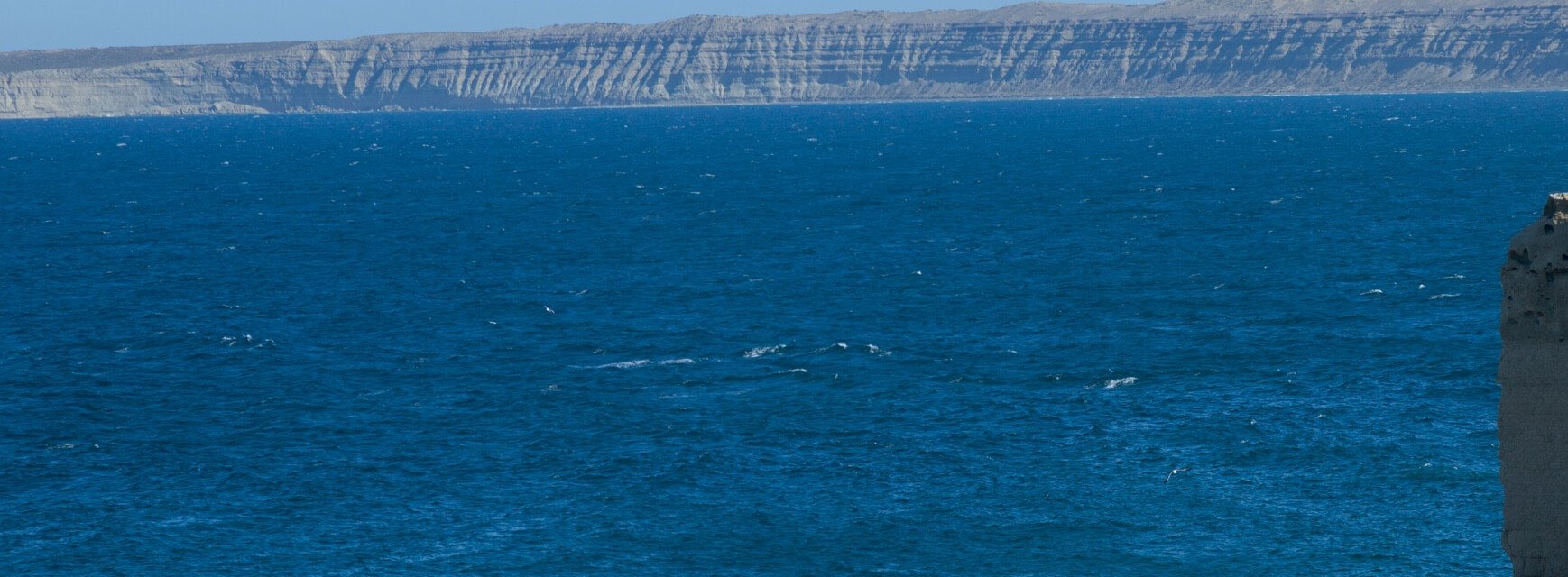
Sourcing Our Shrimp
We are proud to source a mindful combination of wild-caught and farm-raised shrimp from all over the world. In fact, our farm-raised shrimp was among the first to be Best Aquaculture Practices (BAP) certified, and we’re happy to support local fisheries to bring you wild-caught species, when possible.

Where we get our shrimp:
Sourcing information is updated quarterly to reflect seasonality and supply availability as well as current menu items. Last Updated 12/08/21.
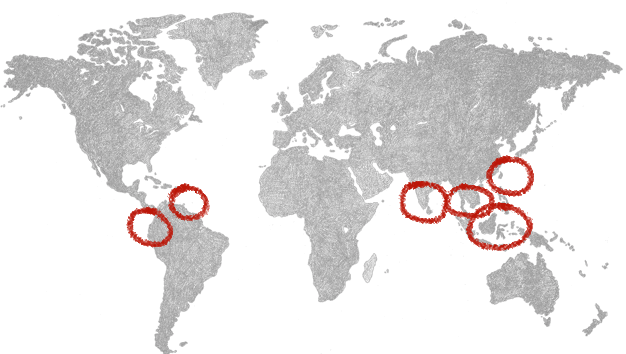
Thailand, Indonesia, Vietnam, India, China, Ecuador and Guyana
HOLDING SHRIMP TO A HIGHER STANDARD
All our shrimp are eco-certified by a third-party program or engaged in a credible Fishery Improvement Project (FIP) or Aquaculture Improvement Project (AIP).
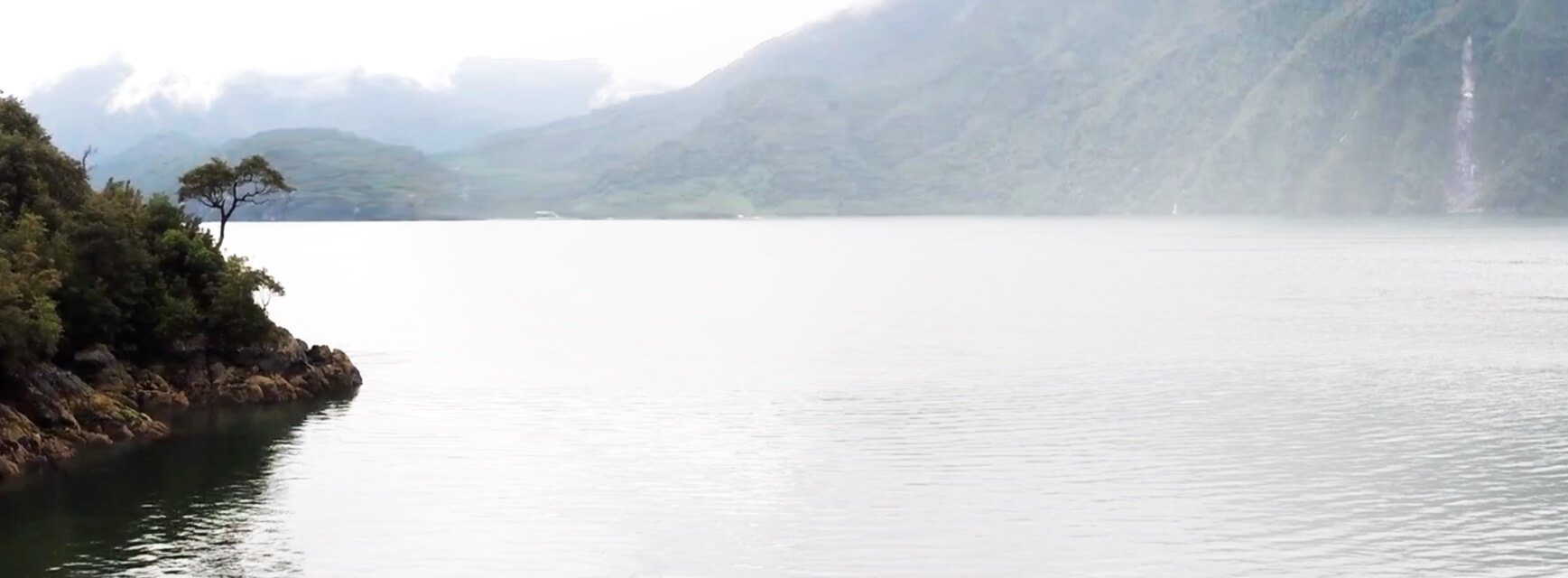
Sourcing Our Fish
You'll find Salmon, Rainbow Trout, and Cod on our menu year-round. They're traceable, sustainable and responsibly sourced - just like all of the seafood we serve.
Where we source our fish:
Sourcing information is updated quarterly to reflect seasonality and supply availability as well as current menu items. Last Updated 12/08/21.
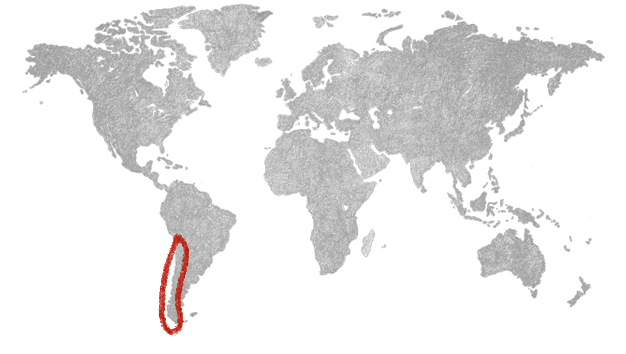
Salmon is farmed in Chile
BRINGING THE BEST FISH
We source our farm-raised salmon from suppliers who are members of the Global Salmon Initiative (GSI) and practice sustainable, responsible production using scientific data to minimize potential environmental impacts.




